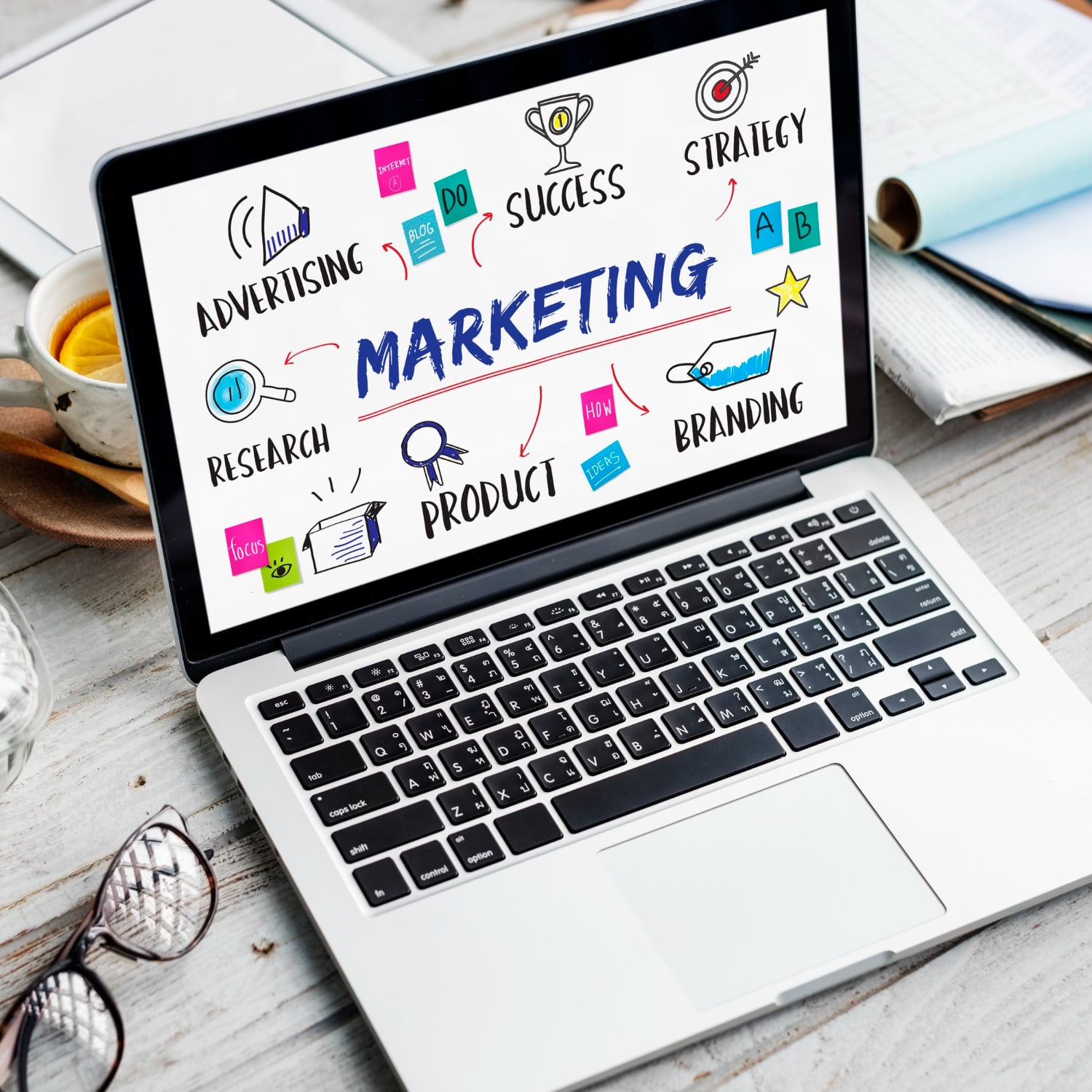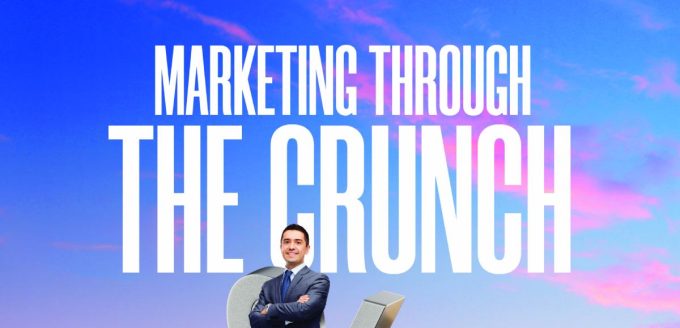Marketing automation has evolved far beyond basic email campaigns, now encompassing sophisticated systems that power personalized, multi-channel customer experiences. As technology continues to advance, several key trends in marketing automation are reshaping how businesses engage with their audiences and optimize their strategies for better results with Customer Engagement.
The Power of AI in Marketing Automation
Artificial Intelligence (AI) is driving the next wave of marketing automation, making it possible to implement advanced and personalized marketing strategies in minutes. AI-powered tools can analyze vast datasets to uncover patterns and predict customer behavior. This enables marketers to deliver highly targeted campaigns, resulting in higher returns on investment (ROI). According to MarketsAndMarkets, the global marketing automation market is projected to reach $13.71 billion by 2030, a growth driven by increasingly sophisticated AI algorithms.
AI’s influence on automation goes beyond just data analysis. It is now a key player in content creation, customer service, and even ad placements. For example, AI-driven chatbots can manage complex customer inquiries, provide instant support, and enhance overall customer satisfaction. The integration of AI in marketing automation is revolutionizing the way businesses interact with their customers, offering a seamless and efficient experience.
The Rise of Hyper-Personalization
Personalization has long been a cornerstone of effective marketing, helping brands target the right audience with relevant messages. However, marketing automation is taking this concept to new levels with hyper-personalization. This trend involves using automation tools to craft highly individualized experiences for customers, based on their preferences, behaviors, and past interactions with a brand. A McKinsey study reveals that companies excelling in personalization generate 40% more revenue than their competitors.
Modern automation platforms can now segment audiences into highly specific groups, delivering personalized content, offers, and recommendations in real-time. This deep level of personalization strengthens customer relationships, boosts engagement, and drives conversions. As consumers continue to expect tailored experiences, hyper-personalization will become a crucial element of successful marketing strategies.
Predictive Analytics
Predictive analytics is revolutionizing how marketers approach lead generation. By analyzing historical data and identifying trends, predictive analytics tools can forecast future customer behaviors. This allows marketers to prioritize the most promising leads and adjust their strategies accordingly. Statista reports that the predictive analytics software market, valued at $5.29 billion in 2020, is expected to grow to $41.52 billion by 2028.
Customer Data Platforms
Customer Data Platforms (CDPs) are becoming a critical component of marketing automation, offering a unified view of customer data from multiple sources. By integrating CDPs with automation tools, marketers gain a deeper understanding of customer behaviors, preferences, and interactions. This enhanced insight allows for more accurate targeting and personalization.
CDPs also enable real-time, contextually relevant communication. For instance, if a customer engages with a brand on social media, the CDP can instantly update their profile and trigger an automated response, such as a personalized offer or recommendation. The seamless integration of data and automation is crucial to delivering the level of personalization that today’s consumers expect.
Marketing automation continues to evolve, with AI, hyper-personalization, predictive analytics, and CDPs leading the charge. As these technologies advance, they will shape the future of customer engagement, helping businesses build stronger relationships and achieve better results in an increasingly competitive market.










